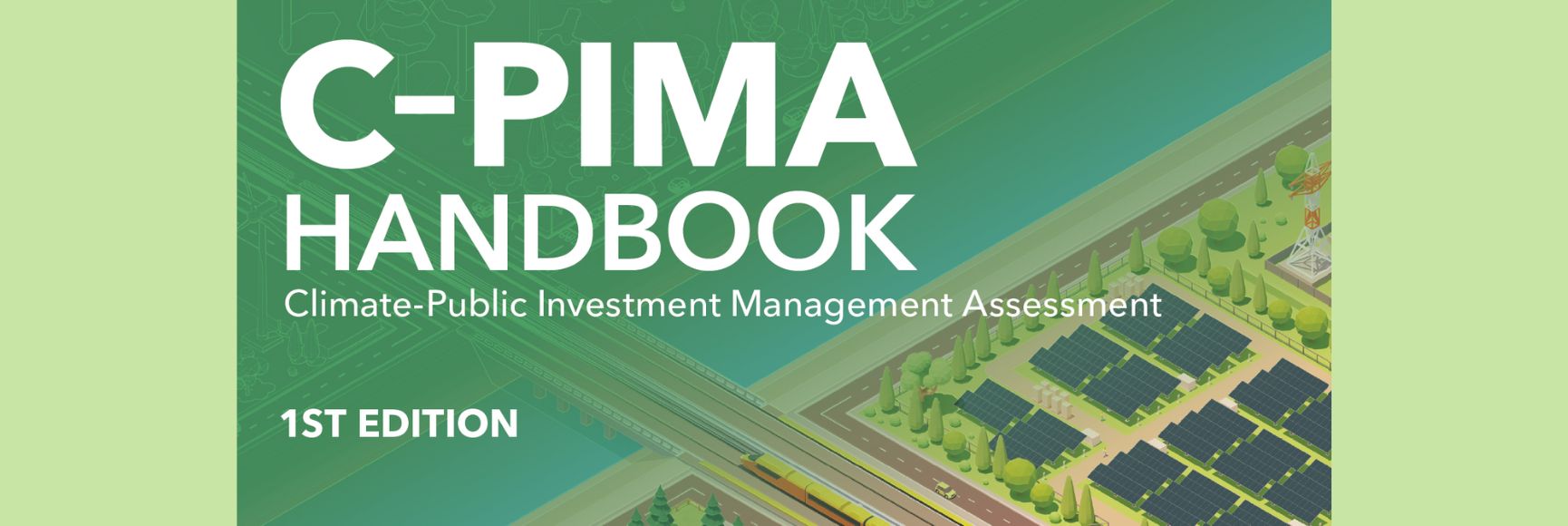The government of Republika Srpska (RS) in Bosnia and Herzegovina (BiH) has taken many important steps to strengthen analysis, disclosure and management of fiscal risks in recent years. This work is spearheaded by the Department of Macroeconomic Analysis and Policy of the RS Ministry of Finance, and the focus has mainly been on fiscal risks related to state-owned enterprises (SOEs). There is a parallel effort to strengthen the coordination and oversight framework for these SOEs, managed by the General Secretariat of the RS Government.
In the coming years, these efforts are expected to further strengthen SOE accountability and gradually cover additional fiscal risks. The SOE analysis is based on the IMF SOE Health Check Tool (SOE-HCT). The IMF program for PFM reform in South-East European countries, supported by the EU and Switzerland, has been an active supporter of these initiatives.
Recent developments
In 2024, the MOF drafted its second Fiscal Risk Statement (FRS) with comprehensive analysis of the aggregate financial health of the SOE sector for 2023. The FRS has not yet been published. The FRS indicates that the overall risk rating of the RS major SOE portfolio is Category 2 (on a scale from 1 low risk – 5 high risk), the same as in 2022. The draft FRS includes a very useful overview of risk rating distributions over the last five years. The main trend is that several SOEs moved from category 3 to 2 during 2019 – 2022, but with some reversals in 2023. Although many SOEs have low levels of liabilities relative to their assets, they are having difficulties generating sufficient earnings to service their liabilities, and many SOEs have a weak liquidity position.
Table 1: Risk ratings for SOEs in BiH RS

The draft FRS also includes analysis of SOE performance that goes beyond fiscal risk assessment and could be included in a future separate SOE oversight report. In aggregate, the SOE sector realized a profit. A small but positive return on equity of 2 percent was generated, up from 1 percent in 2022, and only two companies out of the 21 most important SOEs realized a loss. Aggregate SOE liabilities account for 27 percent of the financing of SOE assets, which is not high. Debt levels are high relative to earnings but have improved compared with 2022.
The SOE sector is easily able to service the interest on its debt. Aggregate liquidity remains tight, as total current assets cover only 55 percent of total current liabilities. The SOEs received subsidies and grants totaling Bosnia and Herzegovina Convertible Mark (KM) 49.3 million, KM 8.1 million less than in 2022. Major beneficiaries were the Road company Putevi RS (KM 29.7 million) and the Railway company Željeznice RS (KM 10 million).
Next steps
The MOF has recently begun using another IMF tool, the SOE Stress Test (SOE – STT), and this will help develop forward-looking risk assessments for the individual SOEs and the portfolio. The SOE – STT generates projections of the SOEs financial statements that can be stress tested for changes in macroeconomic factors as well as SOE-specific variables. This analysis facilitates the identification and quantification of potential fiscal risks and the impact of different policy options on an SOE, and ultimately on the government budget. The projections can also be fed into the SOE HCT to enable a more detailed assessment of the impact on the SOE’s financial health.
Fiscal risk disclosure will be streamlined by focusing the FRS on the assessment of the fiscal risks from SOEs and moving the general analysis of their financial performance to a separate SOE Report produced by the General Secretariat. The MoF and Secretariat will cooperate closely in the production of the FRS and SOE Report to ensure alignment of key messages and coordinate this work with line Ministries and SOEs.
The MoF will gradually expand the FRS to cover other forms of fiscal risks, e.g., macroeconomic risks, debt and contingent liabilities, financial sector risks, and subnational government risks. The SOE Report will initially prioritize discussion of SOE financial results, and the coverage of the report will be expanded over time to provide a more comprehensive picture of SOE policies, objectives and results.




